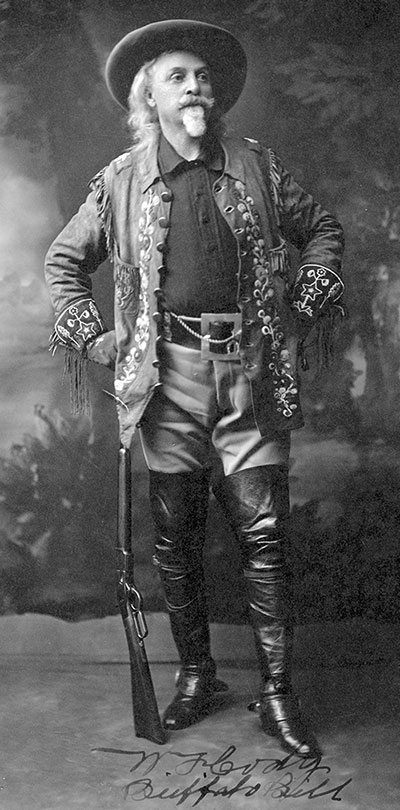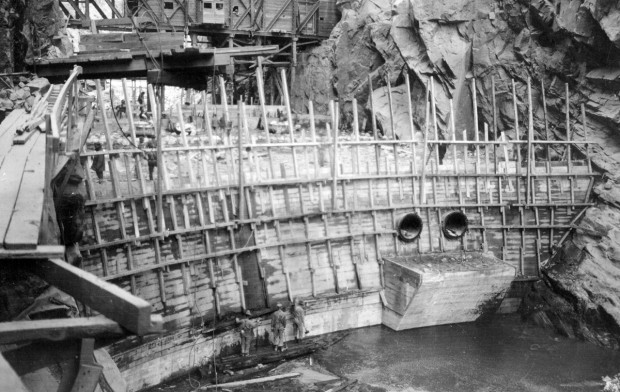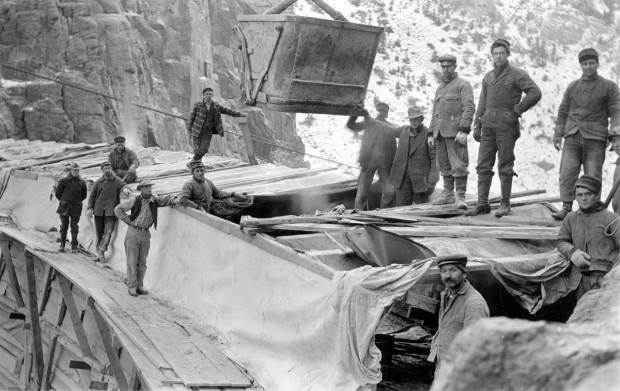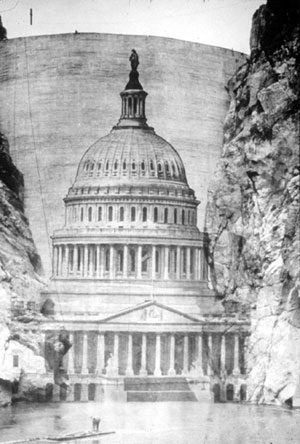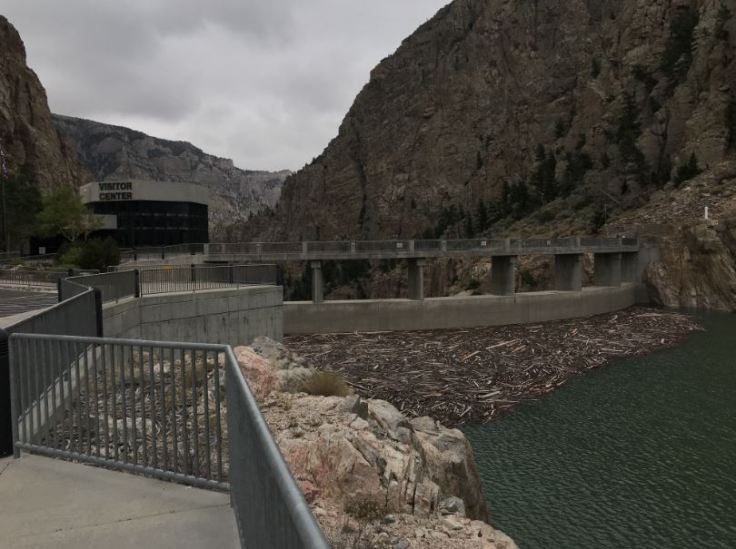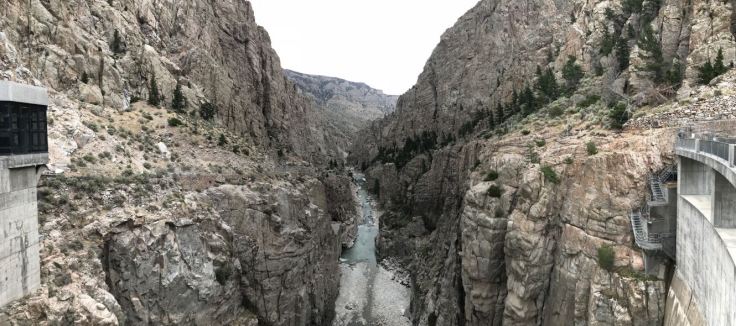Well where to begin, it has been sometime since I have done a post on here. The last blog post about my travels was down to Texas and the Mother road in October. Since then I purchased a 1941 Plymouth which was the last post I made on here. Lots has happened since then one of the biggest was me getting a new job.
Lets start there…
On November 5th of 2018 I became the director of the Owyhee County Museum in Murphy, Idaho. After my summer job ending at the end of September I came back home and had about a month off before starting the new job. I applied for the position back September and had my interview early October. Since starting at the museum which I have been a member of for the past ten years there is lots going on. I have been able to fire up not only the 1915 Model T at the museum but also the 1941 John Deere B tractor. The museum is located in a very small town in Owyhee County. I commute each day about 30 mile along country roads with no traffic which is great because if I had a job in downtown Boise I would be fighting the rush hour traffic mess, it gets worse each year.
Being the director, the boss of a museum was something I didnt think I would be doing at this point in my life. I just graduated Boise State University with my Bachelors in History in 2017 and without a Masters I have began my career in history running a museum. This small but well funded museum by volunteer, donations, members and county support is quite large and has alot going for itself. The museum highlights the history of the county from ranching to mining.

Besides being busy running the museum Thanksgiving came and went along with the Christmas holiday. Both were enjoyable spent with family and Christina. Christina and I have grown closer and continue to work well together. This year in May will mark our 5 years of being together and as we continue on we are getting closer to wanting to move in together and eventually an engagement to follow. Only time will tell to see what

happens. There is lots to talk about before anything happen and we are taking it slow. I am also still working part time at the Boise Depot as their tour guide. Five years ago I created a historic tour for Parks & Rec. who run the old 1925 Boise Depot as an event center. Each first Sunday I lead a tour of the history and during Christmas there is a special evening open house where I read the Polar Express to all the kids. I even dress as the conductor.

As for restoration of the Plymouth is concerned it is moving along at a great pace. So far the new white wall tires are on and the inside is being cleaned and improved. By March the car will be ready to roll.
I believe that covers it for now, im sure I left things out but will add photos below of the museum and other highlights in the past months. Not much traveling will happen this year due to my full time job but for sure will be down in Ogden Utah for the 150th anniversary of the Transcontinental Railroad on May 10th. There will be a huge event and the largest steam engine in the world there as well.
Until next time..







